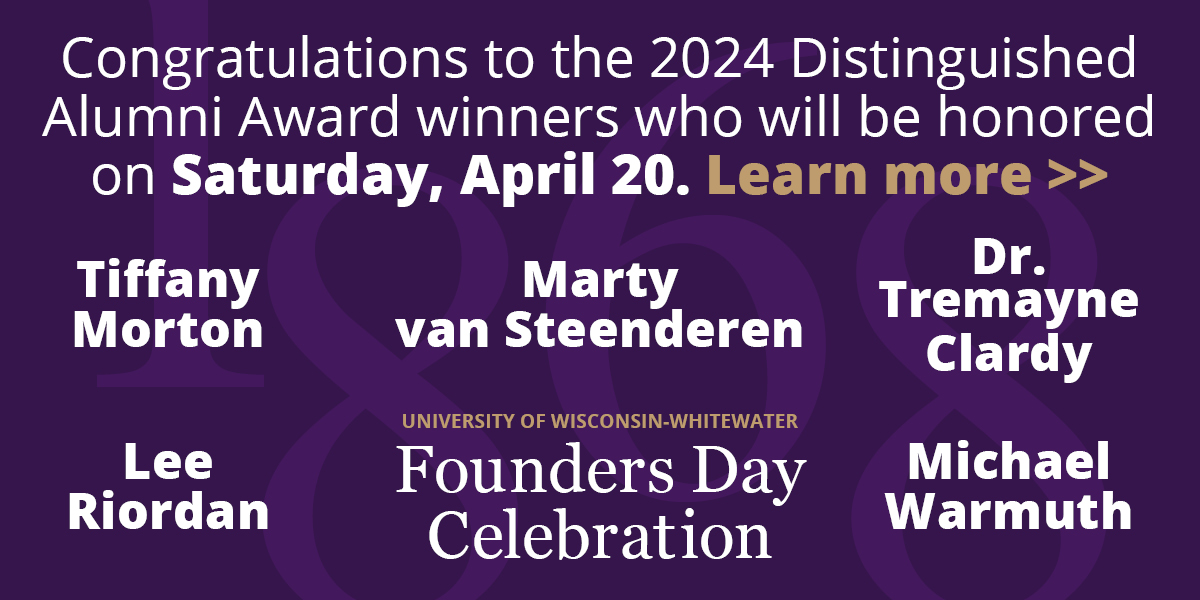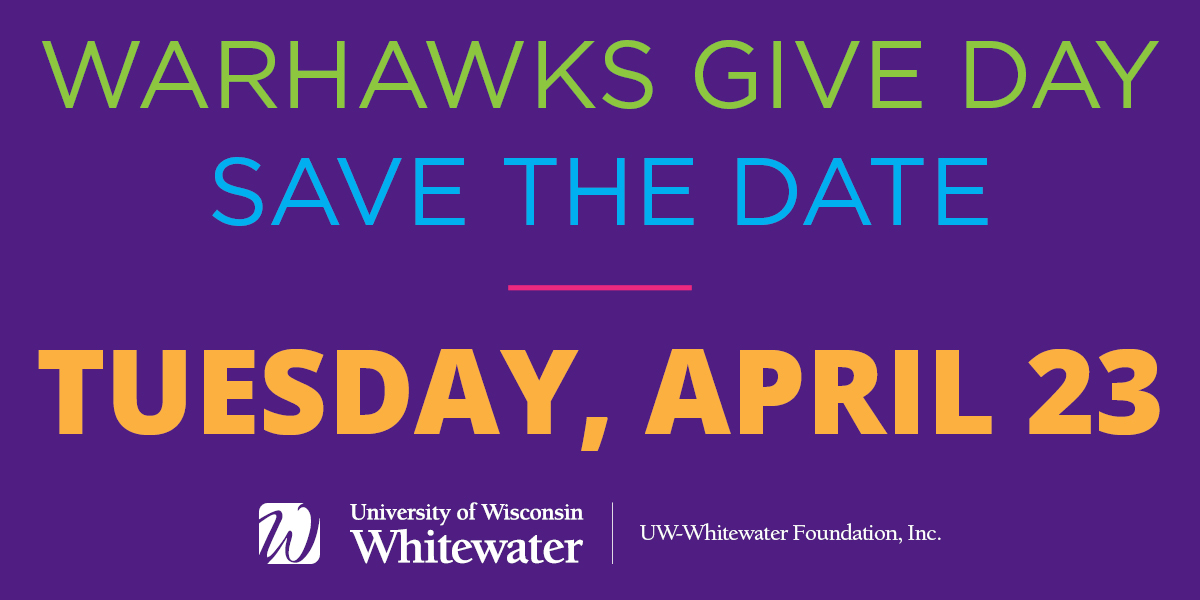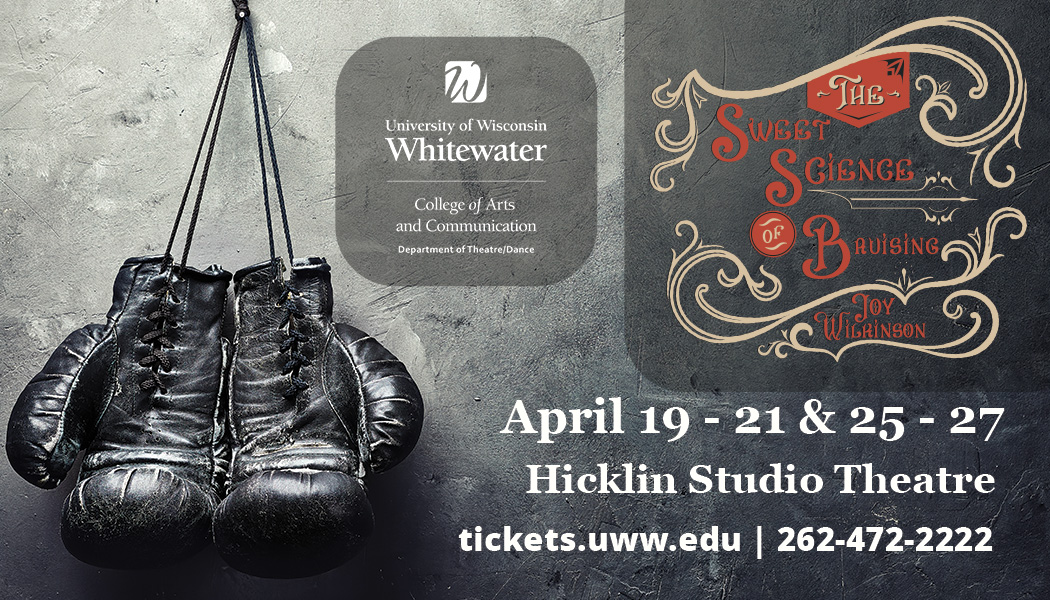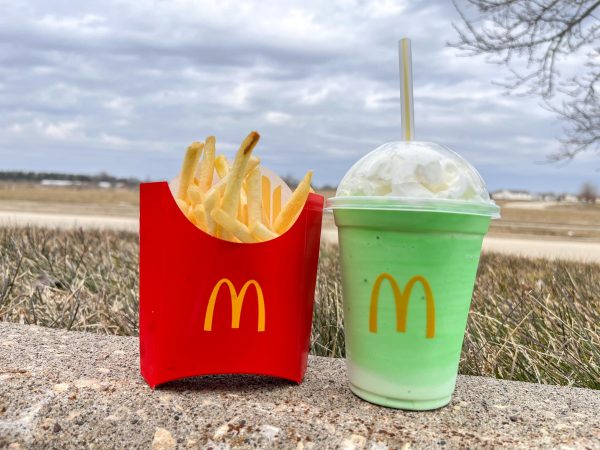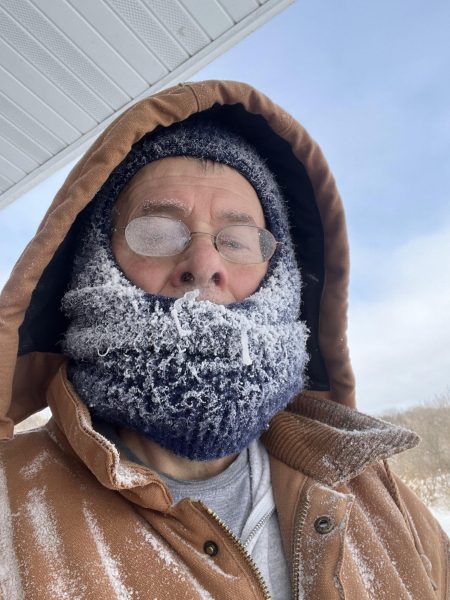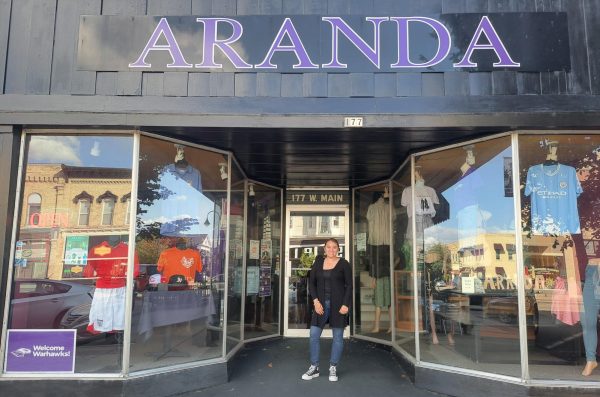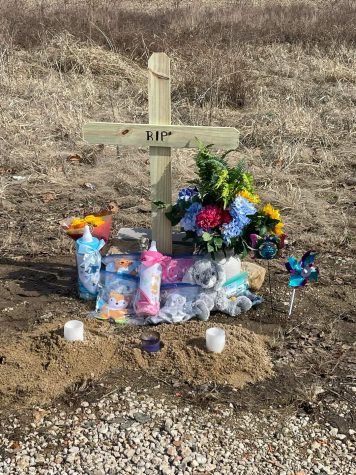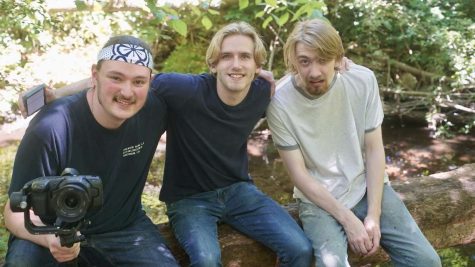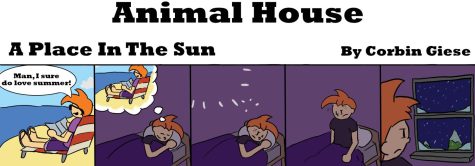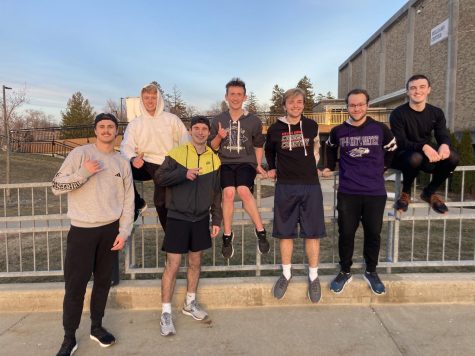Students use sand as a learning tool
February 11, 2019
For students interested in hands on learning and the planet, the recent collaboration between the geography, geology and environmental science departments would truly be an earth shattering experience.
The collaboration is a next level topography table which requires a projector to work properly. A computer program called Augmented Reality Sandbox, connects with the projector and conveys an image of the topographic map. The best description of the projected image is an interactive display that shows an elevation color map. The sand can show high elevations or deep trenches depending on how much is in one spot. Contour lines are one of the main aspects of a topographic map.
“An example would be found on a hiking map,” said environmental science Professor Peter Jacobs. “Contour lines show the difference in elevation and definition of the terrain.”
There are different colors that portray the many elevations on the sand that are defined by the contour lines. Professor Jacobs is very knowledgeable about the science behind the table, and is a main contributor to this project.
With the help of history Professor Anthony Gulig, the two built the wood table last summer. The project originates from the Science Outreach program, which is an age diverse group that learns about quality science education opportunities to area schools and the community.
The 3D interactive table was finished in a year with a team of professors and students. geography Professor, Dr. Juk Bhattacharyya designed the blueprint of the projection, and promotes the idea of hands-on and visual learning. With the help of students, geography Professor Dr. John Frye focuses on the technology aspect that went into making the table. A group of students voluntarily setup the computer, and sensors to display the image of the elevation map.
“These students are more than happy to come in and be involved with this project,” says Dr. Frye. “They take pride in their accomplishments.”
Computer calibration took a semester to complete with a team from the College of Letters and Sciences and the IT department. There is a regular classroom projector hanging from the top, which projects down to the sand. Uniquely enough there is an Xbox 360 Kinect sensor that detects 3D movements and pictures which brings the elevation map image to its three dimensional quality. Students come in regularly to calibrate the sensors to help improve the quality of this project so professors can use it in their classes. As said before, the elevation map shows a variety of colors to display the different terrains, but the table can simulate different weather patterns through certain hand movements. The image on the table is not limited to just elevation maps. Through technology anything from trees to people can be added to make it a lifelike simulation.
“We are still brainstorming other uses and ways we can work it into our lectures for us and our students to enjoy,” said Dr. Bhattacharyya.
Although the work is done, they are always looking for other ways to improve. Who knew that sand could enhance hands-on learning experiences so well?




